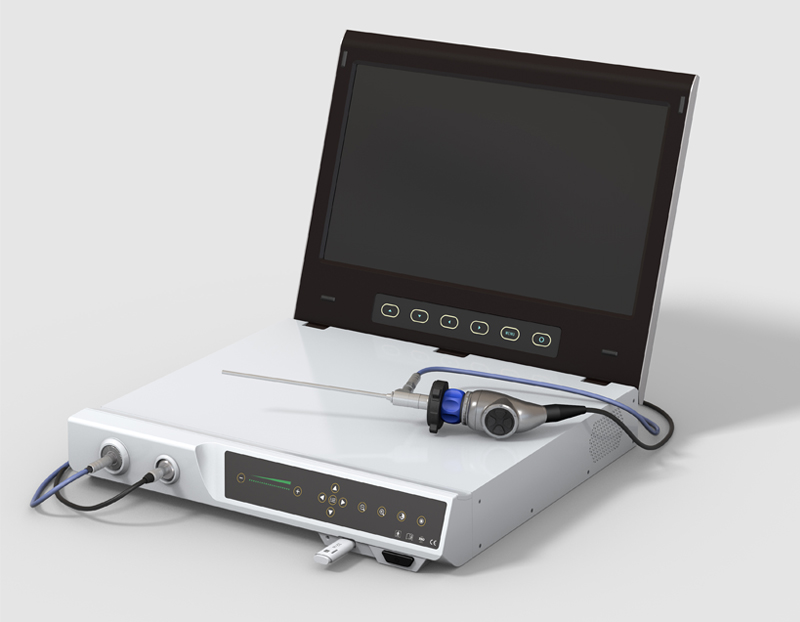In terms of application, endoscopes can be simply divided into two categories: medical endoscopes and industrial endoscopes. Medical endoscopes are mainly used to solve human ailments, while industrial endoscopes are mainly used to help people be human. Dangerous places that cannot be detected by the eye.So what are the main differences between medical endoscopes and industrial endoscopes? Let's find out together.

The main differences between medical endoscopes and industrial endoscopes:
Both are the same:
1. It is a testing instrument that integrates traditional optics, ergonomics, precision machinery, modern electronics, mathematics, and software.
2. All have image sensors, optical lenses, light source lighting, mechanical devices, display equipment, etc.
The difference between the two:
1. Different uses: Industrial endoscope is a non-destructive testing technology for industrial use, which is widely used in petrochemical, automobile, aerospace, rail transit and other industries; medical endoscope is a routine medical inspection and surgical operation on the human body. The probe is passed through the natural hole of the human body, or a small surgical incision is introduced into the organ to be examined, and together with other surgical instruments, the closed surgical operation in the body is performed outside the body.
2. Different images: Although both images are clear, medical endoscopes observe the internal organs of the human body and pay more attention to the color and softness of the images; while industrial endoscopes need to consider issues such as metal reflection and lighting intensity.
3. Different material requirements: Medical endoscopes will come into contact with the human body when they enter the human body. In order to avoid discomfort and unnecessary damage, materials that are soft and suitable for medical use are selected; industrial endoscopes are often rubbed and compared with metal hard materials. Work in harsh industrial environments, so materials that are wear-resistant and acid-alkali-resistant are required.
4. Different instrument volume requirements: medical endoscopes need to be performed indoors, requiring medical monitors, medical cold light sources and medical optical instrument accessories, etc., which are convenient for doctors to use with other surgical instruments, so the volume is large; industrial endoscopes need to adapt to In different outdoor working conditions, portability and compactness are more important.
The above briefly introduces the main differences between medical endoscopes and industrial endoscopes. Both medical endoscopes and industrial endoscopes play an immeasurable role.